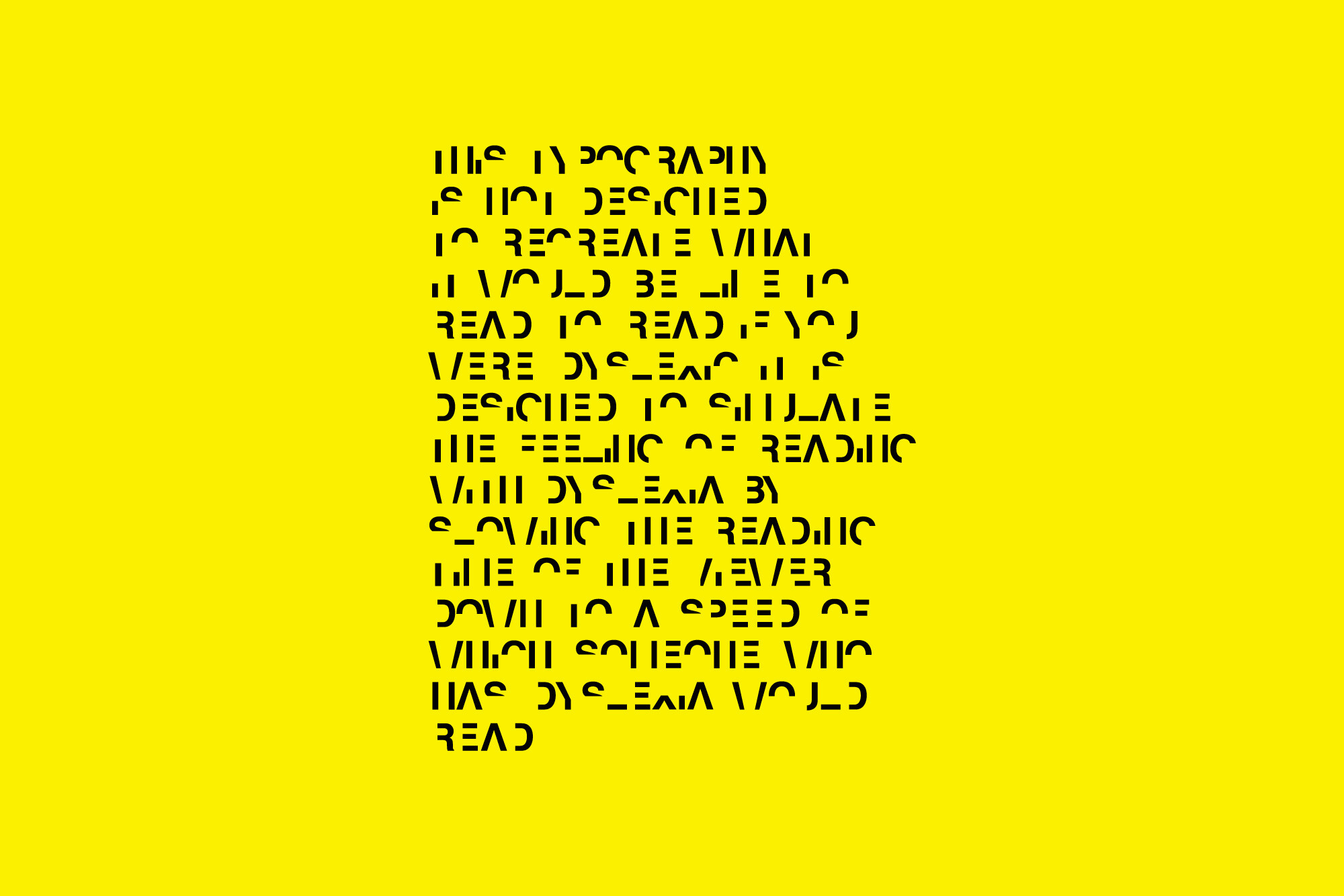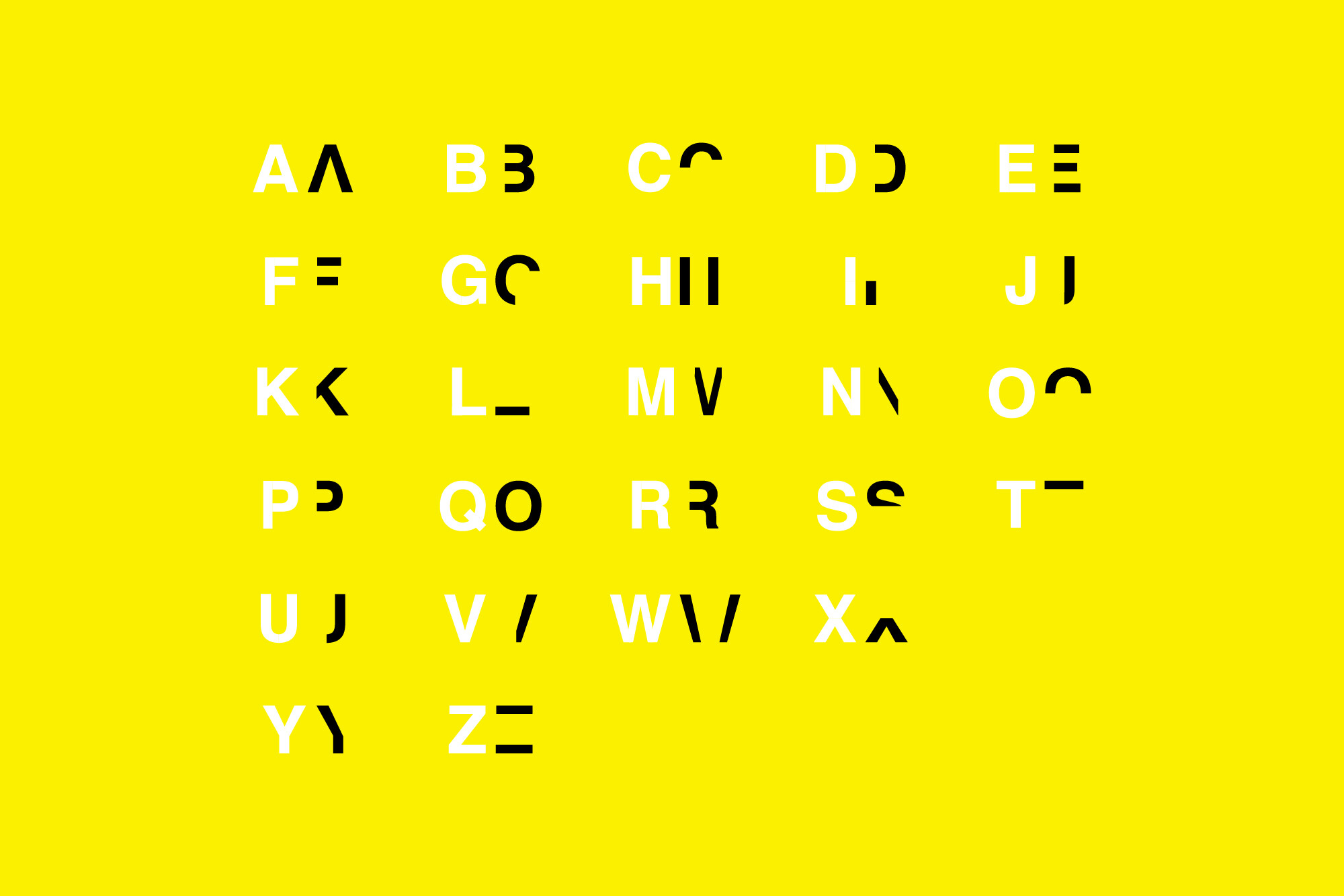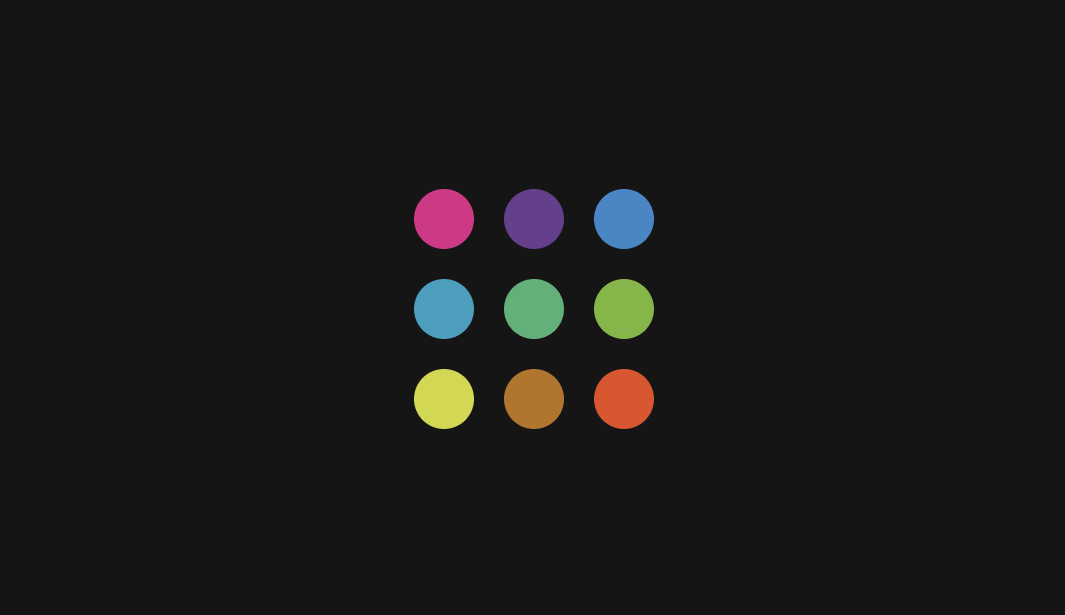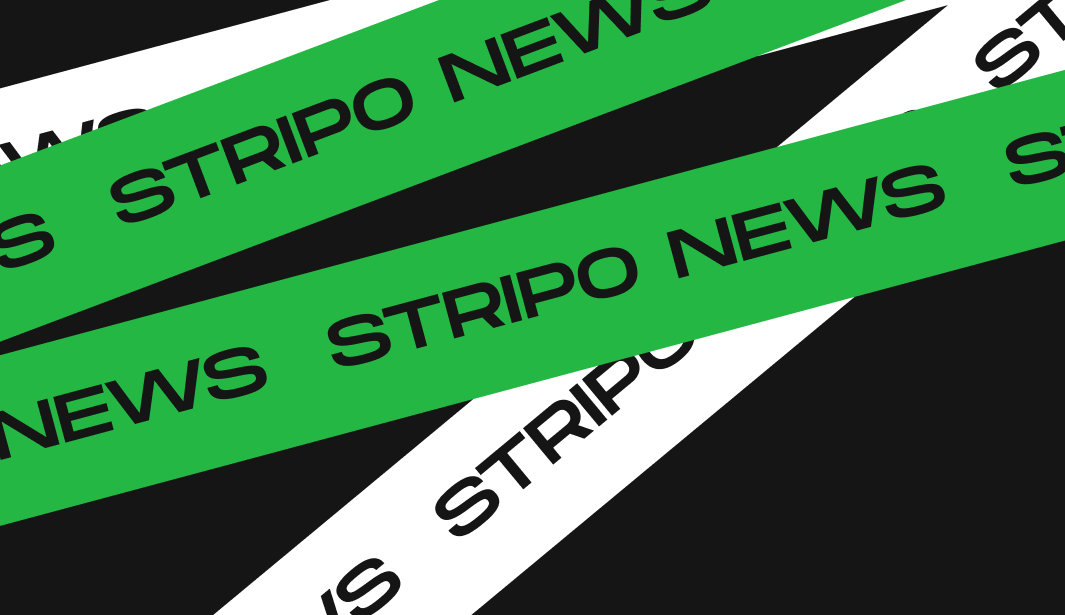Fifteen percent of people worldwide are experiencing dyslexia. Dyslexia is found in all countries and in all languages. Roughly 3% to 7% of school children have been diagnosed with this condition, and about 80% of individuals receiving special education for learning disabilities have been found to be dyslexic. Thus, understanding dyslexia goes beyond empathy — it's a necessity. This article examines the complexity of dyslexia and offers crisp, actionable insights for crafting dyslexia-friendly emails. With the advice of expert Daniel Britton, who turned dyslexia into a design superpower, we highlight simple but powerful adjustments in emails for dyslexics.
What is dyslexia?
Dyslexia is a reading disorder that affects individuals differently. It often results in difficulties with word pronunciation during reading, despite familiarity with the word in speech. This challenge arises from impaired phonemic awareness, in which the brain struggles to associate sounds with written letters. Many people with dyslexia also experience reading difficulties due to letter mix-ups and overlaps, as well as due to partial letters.

(Example of how letters are mixed up for people with dyslexia)
The precise causes of dyslexia are still unknown, but ongoing research aims to rectify this by understanding how the brain processes written language. Reading involves the coordination of multiple brain regions; but while in non-dyslexic individuals, specific brain areas are activated and interact during reading, in individuals with dyslexia, alternative brain regions are activated, and different neural pathways are used for reading.
Today, people with dyslexia can already live a full life. In fact, dyslexia now offers certain advantages to some individuals. Consider the following intriguing data:
- over 90% of children with dyslexia can learn successfully with appropriate teaching methods;
- individuals with dyslexia are 60% more likely to excel in connecting ideas and employing alternative problem-solving strategies;
- nearly 50% of NASA employees are dyslexic and were recruited specifically for their superior problem-solving skills and spatial awareness;
- around 40% of self-made millionaires in a UK study were found to be dyslexic.
Dyslexia can be an advantage, as it allows a person to think outside the box.
As the aforementioned figures show, dyslexia does not affect analytical abilities — dyslexics can study effectively despite difficulties with reading. In fact, the University of Strathclyde says people with dyslexia can be really good at big-picture thinking, unlike people without dyslexia, who might pay more attention to details. There are many successful people with dyslexia in history, including Muhammad Ali, Cher, Albert Einstein, George Washington, Leonardo Da Vinci, Pablo Picasso, Richard Branson, and Keira Knightley. These individuals have achieved great things in various fields, such as boxing, music, politics, science, and acting, despite their struggles with dyslexia.
Challenges of dyslexia
Recently, we hosted a webinar on optimizing emails for dyslexic readers that featured Daniel Britton, a senior brand designer and animator. After he was diagnosed with dyslexia at 18, he has dedicated his career to improving awareness and understanding of dyslexia through his unique Dyslexic font and impactful design work.
In the webinar, Daniel shared his challenges with dyslexia throughout his education, from elementary school to university, and both within and outside of school hours. He added that the constant frustration and struggles he endured were so intense that he believed non-dyslexics would find them hard to fully grasp.

Dyslexia – Typographic design
To allow people without dyslexia to understand the reading challenges of dyslexics, Daniel has created a font that mimics such challenges. This font was designed to slow down reading. Nevertheless, he felt that this font offers only a glimpse of the constant battle he had faced every day for years.

(Recreating the feeling of reading with dyslexia by Daniel Britton)

(The alphabet in the eyes of dyslexics by Daniel Britton)
How to recognize dyslexia
Signs of dyslexia can emerge at as early as 1 to 2 years old, particularly, struggles in recognizing sounds or learning letters. However, dyslexia is more accurately identified between ages 5 and 6, when formal reading and language education begins in school and thus, when reading challenges become evident. This stage is critical for starting support measures such as sound understanding, vocabulary expansion, and reading strategies.
Below are the most common symptoms of dyslexia, depending on age.
In younger children (1 to 6 years):
- delayed language development;
- difficulty with letters and word formation;
- trouble following sequences;
- a noticeable gap between understanding spoken and written language.
Specialists to consider:
- pediatrician for initial assessment and guidance;
- speech pathologist to address early speech delays and language development issues;
- pediatric psychologist or early childhood education specialist for developmental assessments and intervention strategies;
- learning disabilities specialist for targeted interventions in reading and phonological awareness.
In school-age children (7 to 12 years):
- evident challenges with recognizing sounds or learning letters;
- difficulty with reading compared to peers;
- struggles with time management;
- deficient sense of navigation, notably in distinguishing between left and right;
- forgetfulness, such as failure to bring necessary items to class;
- trouble with recalling facts and names;
- observable gap between oral and written communication capabilities;
- struggles with articulation or retrieval of the appropriate words;
- reduced confidence during group discussions due to communication difficulties.
Specialists to consider:
- school counselor or educational psychologist for academic support and accommodations;
- speech pathologist if speech issues persist or emerge;
- neuropsychologist or neurologist for a comprehensive neurological evaluation if needed.
In high school and college students:
- time management difficulties;
- difficulty with assimilating new terminologies;
- challenges with sequencing letters and numbers;
- difficulty with following verbal instructions in educational settings;
- incomplete accomplishment of forms or questionnaires;
- frequent missing of deadlines for coursework;
- inconsistent quality of coursework produced;
- challenges with effective demonstration and revision of learnings in examinations;
- overall lower confidence due to the aforementioned difficulties.
Specialists to consider:
- college counseling center for academic support services and accommodations;
- clinical psychologist for strategies to manage anxiety and academic challenges;
- learning disabilities specialist for advanced strategies in reading comprehension and academic skills.
In adults who were not diagnosed with dyslexia in childhood due to the absence of obvious reading problems:
- infrequent pleasure with reading;
- discomfort with reading aloud;
- difficulty with understanding humor, puns, and idioms;
- challenges with memorization and repetitive tasks;
- issues with time management and estimation of task duration;
- struggles with summarizing read or heard stories;
- difficulty with mathematical tasks;
- trouble focusing on a single task;
- avoidance of planning meetings;
- feeling overwhelmed while filling out a long form;
- overreaction to personal mistakes;
- self-imposition of strict rules;
- preference for visual learning or hands-on experience;
- high susceptibility to stress;
- low self-esteem.
Specialists to consider:
- family doctor for an initial evaluation and referral;
- educational psychologist or adult learning disabilities specialist for assessment and intervention programs;
- professional counselor for coping strategies in professional and personal contexts.
If you think you might have undiagnosed dyslexia, remember that now is always the right time to seek assistance. Consulting a family doctor is an important initial step for individuals of any age, as they can offer guidance and direct you to the appropriate specialists.
In addition, technology and public awareness are constantly evolving. As Daniel pointed out, learning and working with dyslexia are much easier today than in his youth.
Next, we'll look at tools and resources that help dyslexics with everyday tasks.
Tools for learning with dyslexia
YouTube videos, audiobooks, and podcasts have revolutionized educational resources, significantly helping people with dyslexia by providing alternatives to traditional text-based learning resources, which can be challenging for dyslexics.
Tools such as audio files are a great way to simplify the dissemination of complex information to people with dyslexia. An example of this approach is The Economist, which offers spoken versions of its articles.
Here are other learning resources that may be helpful for dyslexics:
- Learning Ally: a website that offers a vast collection of audiobooks, allowing users to read along with the text and adjust its size or type for easier reading;
- Natural Reader: a text-to-speech app that sounds natural and can read a variety of documents, making webpages, emails, and texts more accessible;
- Ginger: an advanced word processor that assists with spelling, a common issue for dyslexics, by offering more sophisticated suggestions than typical spell-check tools;
- Dragon Speech Recognition Solutions: a speech recognition software that allows users to dictate ideas that then appear on the screen, significantly aiding in overcoming writing challenges;
- Kurzweil: an educational software providing a range of features, including reading electronic text from eBooks and websites, and aiding writing with predictive spelling and other tools;
- Google Chrome Extensions: these include Read&Write (text-to-speech, speech-to-text, and word prediction) and Snap&Read (reads aloud from a click);
- Livescribe Smartpen: captures what is written and records audio simultaneously, allowing playback of lectures or meetings by tapping on the notes.
As dyslexia affects people not only in the creative and educational fields but in various other fields, the integration of audiovisual learning tools and accessible communication methods, such as spoken word emails, is crucial for inclusivity and effective information sharing.
Impact of dyslexic fonts
During the webinar, a discussion unfolded on the effectiveness and utility of specific fonts for individuals with dyslexia.
OpenDyslexic font
OpenDyslexic, created by Abbie Gonzalez, has garnered positive feedback since its inception for its contribution to making text more accessible. Daniel called its design, aimed at mitigating the reading challenges of dyslexic readers, “fantastic” and “really good work.”
Comic Sans font: An unexpected ally
Interestingly, Daniel mentioned Comic Sans, a font often criticized within design circles, as beneficial for dyslexic readers, alongside OpenDyslexic. Comic Sans’ informal and non-intimidating characteristics make it a surprisingly suitable choice for creating friendly and inviting text environments.
Advice from The British Dyslexia Association (BDA)
The BDA recommends using non-serif fonts such as Arial, Comic Sans, Verdana, Tahoma, Century Gothic, Trebuchet, Calibri, and Open Sans for clearer text.
Optimizing emails for dyslexic readers
Given the importance of emails in professional and personal communication, optimizing email content to accommodate dyslexic readers is not only considerate but essential for effective communication. Here are key strategies for email optimization that were discussed during the webinar.
1. Text simplification
The cornerstone of creating dyslexia-friendly content is minimizing textual complexity. This approach involves being concise and avoiding unnecessary elaboration. In environments saturated with information, such as social media, the attention spans of readers are notably short. This phenomenon is not exclusive to individuals with dyslexia; even those without learning difficulties tend to disengage with overly text-heavy content. Therefore, refining communication to convey messages succinctly is paramount.
2. Font size and line spacing adjustment
Enhancing readability goes beyond merely simplifying the language. Physical adjustments to the text, such as increasing the font size, can significantly improve legibility. Moreover, increasing the leading — the space between lines of text — reduces the strain and potential confusion caused by densely packed words, allowing readers to navigate text more comfortably and thus, enhancing text readability.
3. Kerning adjustment
Another typographic consideration is the adjustment of the kerning, which refers to the space between characters. Expanding the kerning helps make each letter more distinct and easier to recognize, which makes reading smoother. This adjustment is particularly beneficial in preventing the text from appearing as a daunting block of letters, which can be overwhelming for dyslexic readers.
4. Making the content visually engaging
Beyond text adjustments, incorporating visually appealing elements into email design can capture and sustain the interest of readers. This strategy involves balancing legible text with engaging graphics. However, although visual elements draw attention, the textual content must remain accessible and easy to digest.
5. Font recommendations from the BDA:
- use sans serif fonts such as Arial, Comic Sans, Verdana, Tahoma, Century Gothic, Trebuchet, Calibri, and Open Sans for clearer text;
- make the font size 12 to 14 points (1 to 1.2 em or 16 to 19 px) or larger;
- enhance readability with larger letter spacing, about 35% of the average letter width;
- make the word spacing at least 3.5 times the letter spacing;
- prefer larger line spacing, ideally 1.5 times or 150% of the word spacing;
- avoid underlining and italics to prevent text from appearing crowded; use bold font for emphasis instead;
- steer clear of all caps or uppercase letters for continuous text to ensure easier reading.
Expert

Balancing aesthetics with functionality in design means ensuring that every element is visually appealing and communicates effectively. A designer focuses on making everything, even routine items such as invoices, both beautiful and engaging. The key is simplicity — evaluating if text can be more concise and avoiding both oversimplification and verbosity. Striving for a middle ground, where language is refined yet accessible, allows for designs that are not only attractive but also clear and direct, enhancing user experience and accessibility.
Getting to accessibility with Stripo
Expert

Ensuring that our emails are highly accessible is a standard that we uphold in our industry. We actively follow and participate in the Email Markup Consortium Community to keep abreast of the latest developments and best practices in email accessibility. If you are interested in this topic, I recommend that you watch our webinar with Mark Robbins in which we discussed how to make emails accessible and interactive without coding expertise and how to simplify complex coding concepts for non-technical marketers.
The code of all emails in the Stripo editor is optimized for screen readers. We are currently working on checking all emails for email accessibility. Soon, we will launch the Notification Center, where we will indicate to users how they can make their emails fully accessible.
Another feature discussed during the webinar was the idea of integrating font customization options into emails to allow recipients to switch to dyslexia-friendly fonts such as OpenDyslexic or Comic Sans. Roman shared that he wants to test this feature in Stripo's email newsletters to collect feedback on it, after which he will develop this feature further.
Expert

All these ideas seem great. Unfortunately, not yet all email services and browsers can do them; but for those that can, these ideas are very cool. I think making emails more accessible is a brilliant move — really brilliant.
(Email example “Type E:” by Paul Airy showing features allowing for background change and font size increase)
Advice for individuals with dyslexia
Expert

As someone who understands dyslexia's impact, I want to reassure those facing its challenges that you're not alone, as it affects up to 15% of people globally. For you to be able to live effectively with dyslexia, it’s vital for you to consider what truly matters to you. Traditional education paths might not suit everyone, especially if you have dyslexia, but there are numerous alternatives where you might excel more naturally.
If your aspirations seem daunting due to dyslexia, remember that your unique abilities, such as problem-solving and creativity, are tremendous assets. Figures such as Marco Pierre White and Jamie Oliver have shown that success isn't confined to conventional routes; they've excelled in their fields by leveraging their strengths beyond the written word.
The key is to embrace your passions and persevere, using your distinct talents to overcome challenges. Your journey might be tough, but with determination and self-belief, you can achieve greatness. Dyslexia doesn't define your capabilities; it's a part of your unique journey toward achieving your dreams.
Wrapping up
Throughout our exploration, we’ve gained insights into the daily challenges faced by individuals with dyslexia. We drew upon the expertise of a designer who, despite being dyslexic, has achieved remarkable success in his field. Additionally, we discussed which fonts and email optimizations can truly make a difference for dyslexics. Now, it’s your turn to apply these insights and create emails that everyone can easily access. Together, let’s make inclusivity in emails the new standard.








0 comments